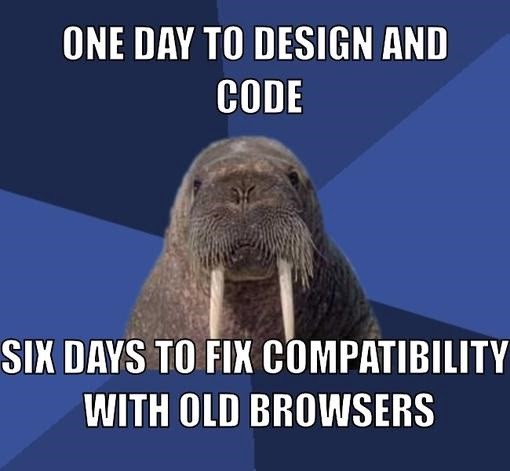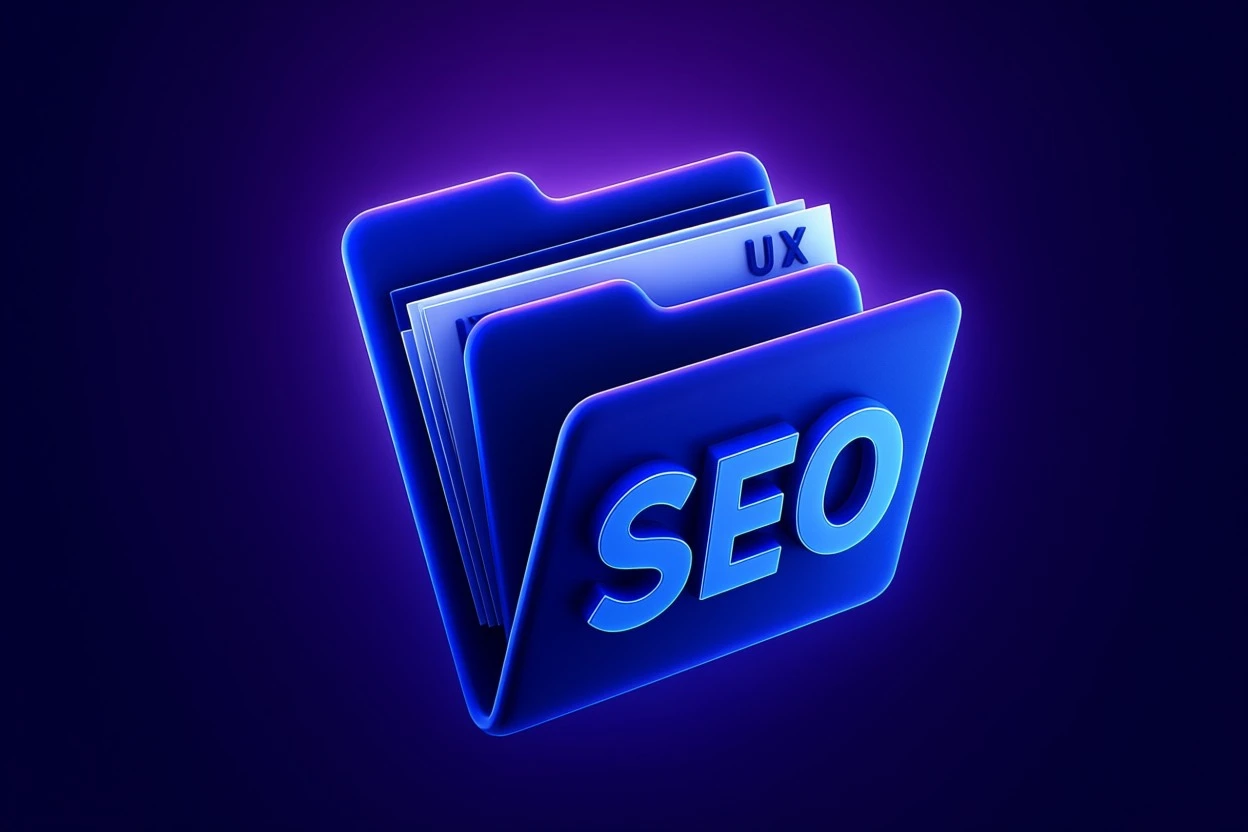Spoiler alert: Your startup website won’t cost $49 or “just a bit.” It’s an investment into your brand, your product’s credibility, and how seriously investors and users take you. Buckle up, because the real website startup cost might surprise you - and it’s about way more than pretty colors.
- What Influences Website Startup Cost?
- So, What’s the Average Website Startup Cost?
- Don't Forget These Hidden Costs
- Content Filling & Testing: The Eternal Afterthought
- Things You Should Care About When Choosing an Agency
- Common Mistakes During Website Production (And How to Avoid Them)
- What Happens After Launch?
- So, Is It Worth It?
- Final Thoughts
How Much Might Your Startup Website Cost?

- What Influences Website Startup Cost?
- So, What’s the Average Website Startup Cost?
- Don't Forget These Hidden Costs
- Content Filling & Testing: The Eternal Afterthought
- Things You Should Care About When Choosing an Agency
- Common Mistakes During Website Production (And How to Avoid Them)
- What Happens After Launch?
- So, Is It Worth It?
- Final Thoughts
What Influences Website Startup Cost?
When founders ask “how much does a startup website cost,” they usually imagine a simple sum. Spoiler: it’s never that simple. The website startup cost depends on layers of complexity:
First, scope matters. A landing page is worlds different from a fully functional SaaS platform with a dashboard, integrations, and user flows. The bigger the scope, the bigger the price tag. Don’t be the founder who asks for “just one more feature” without realizing it’s actually 5 features rolled into one.
Second, design quality. A generic template from a drag-and-drop builder might seem cheap, but it screams “amateur hour” and does little to convert visitors or build trust. Custom UX/UI designed by an expert team means more upfront cost - but that cost pays off in engagement and investment interest.
Third, development choices influence cost. Building on a solid tech stack designed for scalability and speed costs more than duct-taping plugins together, but saves money and headaches long term. Cutting corners here often results in rebuilding.
Next, your team’s location and experience impact pricing. Working with an established Eastern European agency, for example, can deliver Silicon Valley-level quality at a fraction of US prices - if you pick the right partner (cough Integritas cough).
Finally, timeline matters. Need it yesterday? Expect to pay a rush fee. Agile work is effective - but it still takes time.
The website startup cost reflects all these factors combined. Remember, a website isn’t just code and pixels - it’s a crucial business asset that demands investment.

So, What’s the Average Website Startup Cost?
Based on years of hands-on experience with SaaS startups, here’s a realistic pricing framework to keep in mind:
Simple landing page | $1,500–$3,000 | 1–3 weeks
Full product website, optimised for Google ads and SEO with custom design | $4,000–$7,000 | 8-10 weeks
These ranges depend heavily on complexity, custom features, and quality standards. There’s no “one size fits all,” but these numbers give a practical guideline. Warning: DIY solutions might stay below these prices, but often cost far more in lost conversions and credibility.
Don't Forget These Hidden Costs
Here’s the cruel twist: the website startup cost goes beyond the initial build price.
Content creation is often the neglected step. Great design plus poor or missing content equals a beautiful but silent billboard. Your copy needs to convince, convert, and educate - not just fill space. Hiring skilled copywriters and strategists is critical, so budget accordingly.
Testing and QA are another must-have. Bugs, broken links, slow load times, or inaccessible design turn users away faster than a bad first date. Rigorous testing across devices, browsers, and user scenarios is a huge chunk of your budget but non-negotiable for quality.
Marketing integrations and analytics setup are often last-minute surprises. Pixels, email lists, SEO optimization - these tools don’t come free and require expertise to implement well.
Finally, ongoing improvements and iterations post-launch keep your site fresh, user-friendly, and competitive. Websites aren’t static flyers; they’re living products that evolve with your business and customers.
All these stages increase the real website startup cost but pay dividends in success.
Content Filling & Testing: The Eternal Afterthought
Here’s the brutal truth: most startups underestimate the time and effort needed to fill their website with actual, compelling content. You can’t launch with “lorem ipsum” and expect users or investors to take you seriously.
Content includes text, images, videos, CTAs, case studies, and more. It needs to be crafted to reflect your brand voice, clarify your value proposition, and guide users down your sales funnel.
Testing is equally crucial. Every button, form, link, and animation needs thorough QA. Does the signup form work on mobile? Does the loading speed hold up? Are error messages clear and helpful?
Ignoring content filling and testing risks launching a site that looks pretty but fails to function or convert - a costly mistake.
Things You Should Care About When Choosing an Agency
Choosing who builds your startup website is more than a procurement decision - it’s a partnership.
Start with real case studies. Look for measurable results, not just fancy designs. Can the agency show how they helped clients get more users, investors, or conversions?
Communication is key. Agencies that respond promptly, clarify scope, and listen are easier to work with - and avoid costly missteps.
Ask about their process. Structured approaches with clear milestones, feedback cycles, and documentation lead to smoother projects than “we’ll figure it out as we go.”
Post-launch support matters. Does the agency provide ongoing maintenance, updates, or marketing help? Or do they disappear after handoff?
Finally, beware of yes-men. You want experts who challenge bad ideas and push you toward solutions that work, not just nod along.
Common Mistakes During Website Production (And How to Avoid Them)
Even the smartest founders stumble here. Watch out for these classic pitfalls:
- Unclear Goals: If you don’t know what your site should achieve, your agency can’t build it properly. Define KPIs early.
- Scope Creep: Adding features mid-project kills timelines and budgets. Lock your scope before starting and manage changes carefully.
- Micromanagement: Trust your experts. Don’t try to control every pixel unless you’re an experienced designer yourself.
- Skipping Testing: Launching without thorough QA is a recipe for disaster.
- No Feedback Loop: Provide timely, actionable feedback during the build. Waiting until launch to critique wastes time and money.
The golden rule: Make sure you and your agency share the same vision, expectations, and goals from day one. Otherwise, you’re building two different websites simultaneously - and paying double for it.
What Happens After Launch?
Congratulations, your website is live! But the real work begins now.
Track user behavior and conversion metrics religiously. Set up Google Analytics, Hotjar, or similar tools.
Hire or consult marketers to drive traffic, optimize funnels, and craft campaigns.
Iterate based on data. Improve copy, tweak UI, test new features. The best websites grow continuously.
Remember: your website startup cost isn’t a one-time expense. It’s an ongoing investment in growth.
So, Is It Worth It?
In short, yes - if done right.
A solid website is your startup’s silent salesperson, your 24/7 pitch deck, your onboarding specialist.
Skimp on it, and you risk looking amateur, losing customers, and failing to impress investors.
Want a website that works? That builds trust? That converts? Partner with pros who get startups.
Final Thoughts
“How much might your startup website cost?” The honest answer:
It depends on your ambitions, your team, your timeline, and how seriously you treat your brand.
Cheap and fast rarely deliver lasting results. Smart, strategic investment pays off in users, growth, and funding.
Ready to build a website that doesn’t suck?
Let’s talk.



